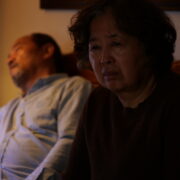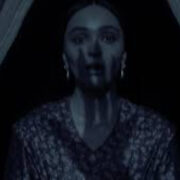Video Dispatches: THE RIVER’S EDGE, THE RECKLESS MOMENT & PHANTOM LADY
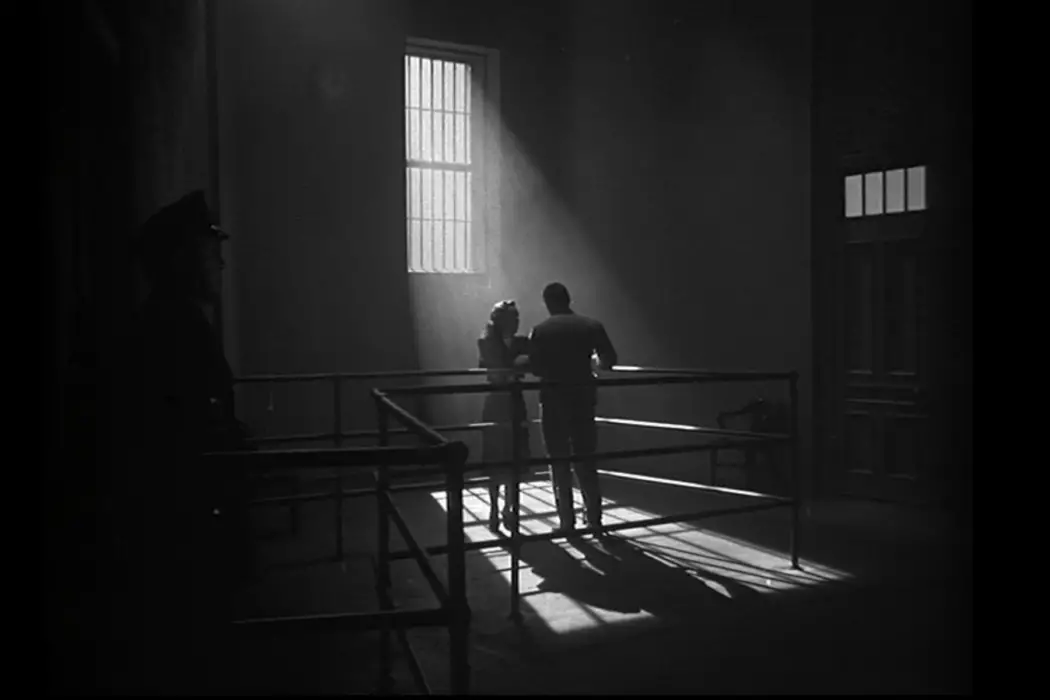
Midwesterner, movie lover, cinnamon enthusiast.
Video Dispatches is a regular digest of recent home video releases.
The River’s Edge (1957) – Twilight Time
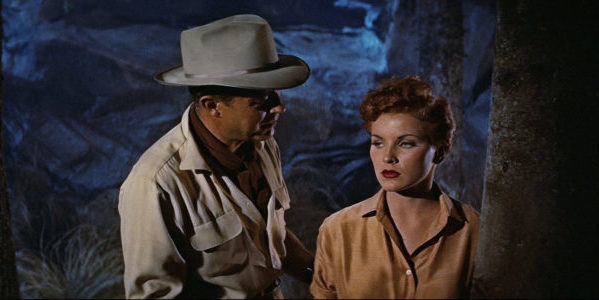
Recently out from Twilight Time is Allan Dwan’s CinemaScope noir-adventure film The River’s Edge, a film that, though it remained clear of my radar until receiving a copy, stunned me with its bolting energy and pace and bewitching presentation. Shot by Harold Lipstein, it’s the type of movie I found hard to watch without lamenting an erosion of craftsmanship in contemporary cinema. Here’s a 87-min genre flick released in the spring of 1957 that gushes an attention to detail and desire to be beautiful that can’t even be found in today’s prestige pictures.
In 1968, Andrew Sarris wrote about Dwan as an obscurant, which sadly remains true, calling this, Silver Lode and The Restless Breed “a virtual bonanza of hitherto unexplored classics.” After my warm reception to The River’s Edge, I caught up with the other two — two Westerns centering on two very different searches for extra-legal justice — are both worth seeking out, though this one remained the filet.
Twilight Time’s house essayist, Julie Virgo, opens her piece by echoing many of Sarris’ sentiments, “If you remain unaware of the film career of director Allan Dwan, it’s not for any lack of persistence or talent on Dwan’s part.” She goes on to attribute his obscurity to his restless movement between studios, lack of business acumen and dexterity across genres.
Sarris went on to call Dwan perhaps “the last of the old masters.” I hope this new, handsomely transferred release of The River’s Edge goes to some length to invigorate previously uninitiated folks like myself to dig into Dwan’s career.
The Reckless Moment (1949) – Indicator
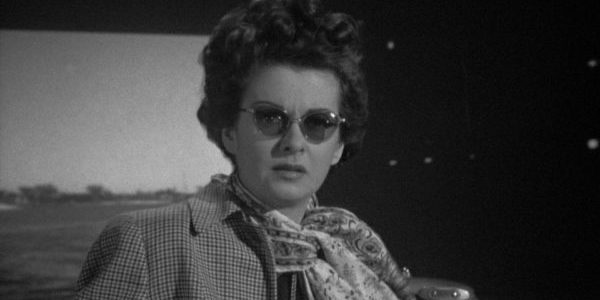
When recently reviewing Arrow’s release of Joseph H. Lewis’ My Name is Julia Ross, I mentioned its significance to women’s place in the home during the war and the uncomfortable displacement following their husband’s return. In that 1945 film, the title character found herself in a home unfamiliar to her. Four years later, the German-born Max Ophüls made The Reckless Moment, a fellow noir about women’s place in the home during this particular time in America. Here, the story, which was cribbed from a Ladies Home Journal story, centers on a housewife, Lucia (Joan Bennett), who will do anything to protect the family and home while her husband is away on work … including covering up her daughter’s accidental murder of an older man.
A late period film for Ophüls, this turned out to be his last American project and came during a particularly prolific period for him — this came out just a half-dozen months following Caught, another collaboration with James Mason, and a film Samm Deighan considers a bedfellow with The Reckless Moment in the essay she wrote for Indicator’s new Blu-ray release of this film.
As Todd Haynes notes on one of the many supplemental pieces included, The Reckless Moment never had an official video release prior to Indicator’s work here, which is quite a feat, especially for the Ophüls and noir heads. Among its features are three separate focusing on Mason and a booklet that, per usual for Indicator, perfectly contextualize the film within Ophüls’ career, its contemporary American period and critical receptions since its release.
Haynes also talks about the film’s beach scene — perhaps the most reckless moment — wherein Lucia, among a silent soundtrack, just the crashing of waves, drags a dead body onto a dinghy so she can dump it in Balboa’s Newport Beach to save her daughter from being charged with murder. The director of Far From Heaven calls it a symbolic act of the mother trying to suppress anything that threatens the order of the family. It’s without a doubt the most lasting scene of the film, perhaps because, as Haynes further notes, you just don’t see this type of thing in studio films.
In Foster Hirsch’s noir text The Dark Side of the Screen, he calls The Reckless Moment “the most successful noir made by a director at temperamental odds with the genre,” meaning noir is an unusual fit for Ophüls’ “ceaselessly moving camera.” The film lacks his characteristically lyric camerawork and, as Hirsch remarks, the “camera imitates the woman’s movement, and the film is designed as a virtually uninterrupted series of lateral tracking shots.”
Haynes also elaborates on Ophüls as an artfully unlikely noir director, pointing out that the genre’s typical style of chiaroscuric urban alleys and unsafe warehouses is transported by Ophüls to the home, emphasizing its claustrophobia and danger. While the director wasn’t Colombia’s first choice — he was hired when he agreed to take half of Jean Renoir’s asking price — we’re lucky he was their last.
Phantom Lady (1944) – Arrow Academy
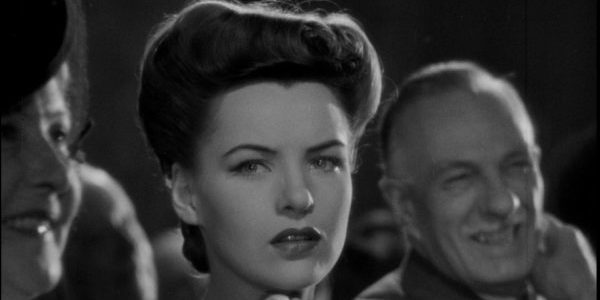
Pairing well with The Reckless Moment is Arrow’s new release of Phantom Lady, fellow German émigré Robert Siodmark’s 1944 noir fronted by Ella Raines (Brute Force) as Carol, who’s conducting an investigation to prove her boss’s innocence when a woman turns up murdered.
While the film may have had slightly less staying power for me when compared to The Reckless Moment and My Name is Julia Ross, there are intermittent moments of drop dead, gorgeously inky and milky photography by Elwood Bredell, who also shot Siodmark’s The Killers.
“People sit around in gloomy spaces looking blankly and silently into space, music blares forth from empty darkness, and odd characters turn up and disappear. It is all very studiously constructed for weird and disturbing effects. But, unfortunately, Miss Harrison and Mr. Siodmark forgot one basic thing — they forgot to provide their picture with a plausible, realist plot,” wrote Bosley Crowther in his 1944 review for The New York Times.
The film generally elicited tepid reactions from critics, but exactly what Crowther takes it to task for is what has allowed Phantom Lady to have such a lasting response from noir fans. It’s nearly a complete study in atmosphere and contains — as is noted in every single piece written about it — a back-alley jazz orgy scene that still manages to rattle contemporary viewers.
Arrow’s release is unfortunately, and oddly, short on extras, offering an archival documentary on general film noir, as well as a one-hour radio dramatization of Phantom Lady. I wish there was a bit more that focus specifically on Siodmark’s film and career outside of this work. Still, the film alone warrants a purchase, but I might suggest waiting for one of Arrow’s many sales to pick this one up.
Does content like this matter to you?
Become a Member and support film journalism. Unlock access to all of Film Inquiry`s great articles. Join a community of like-minded readers who are passionate about cinema - get access to our private members Network, give back to independent filmmakers, and more.



